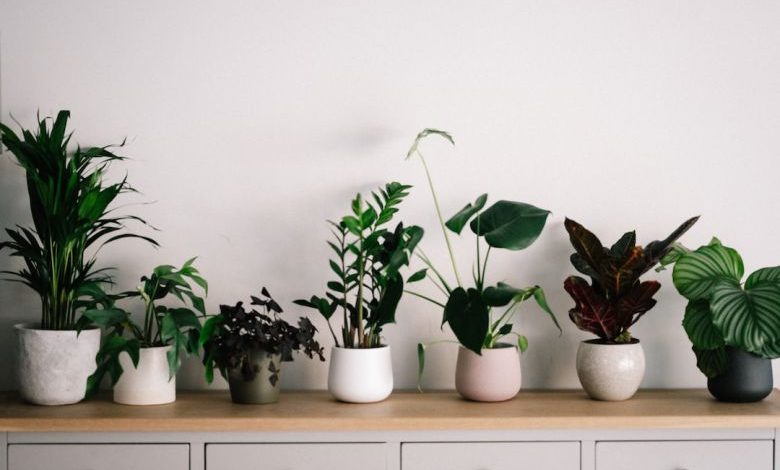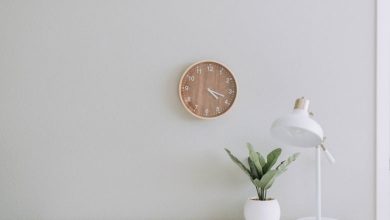How to Care for Indoor Plants?

Indoor plants are a great way to bring nature into your home. They not only add beauty and color to your indoor spaces but also provide numerous health benefits such as purifying the air and reducing stress. However, caring for indoor plants can sometimes be challenging, especially if you are new to gardening or have a busy lifestyle. In this article, we will provide you with some essential tips on how to care for your indoor plants and keep them thriving.
Choosing the Right Plants
Before you start caring for indoor plants, it is essential to choose the right ones for your space. Consider factors like lighting conditions, temperature, and humidity levels in your home. Some plants thrive in bright, sunny areas, while others prefer indirect or low light. Similarly, certain plants require specific temperature and humidity levels to grow successfully. By selecting plants that are well-suited to your home environment, you will give them the best chance of thriving.
Providing Adequate Light
Light is one of the most crucial factors for indoor plants. Different plants have different light requirements, so it’s important to understand the needs of your specific plants. Most indoor plants do well in bright, indirect light. Place them near a north or east-facing window where they can get a few hours of sunlight each day. If you have plants that require more light, you may need to invest in grow lights to provide the necessary intensity and duration.
Watering Properly
Watering is another critical aspect of indoor plant care. Overwatering or underwatering can both be detrimental to plant health. The frequency of watering will depend on factors such as the type of plant, pot size, and environmental conditions. Before watering, check the soil moisture by inserting your finger about an inch deep. If it feels dry, water the plant thoroughly until water drains out of the bottom of the pot. Avoid letting the plant sit in standing water as it can lead to root rot.
Humidity and Temperature
Indoor plants thrive in environments with moderate humidity and temperature levels. Most homes have lower humidity levels, especially during the winter months when the heating is on. To increase humidity around your plants, you can place a tray filled with water near them or use a humidifier. Misting the leaves occasionally can also help. Temperature-wise, most indoor plants prefer temperatures between 60-75°F (15-24°C). Avoid exposing them to extreme temperature changes or drafts, as it can stress the plants.
Fertilizing
While indoor plants can survive without fertilization, providing them with nutrients will promote healthier growth and vibrant foliage. Use a balanced, water-soluble fertilizer formulated specifically for indoor plants. Follow the instructions on the package for the correct dosage and frequency. During the growing season (spring and summer), fertilize your plants every two to four weeks. Reduce the frequency during the dormant season (fall and winter).
Pruning and Maintenance
Regular pruning helps keep indoor plants healthy and encourages new growth. Remove any dead or yellowing leaves, as they can attract pests or diseases. Trim back overgrown branches to maintain a compact shape. You can also pinch off the tips of certain plants to promote bushiness. Additionally, dust the leaves occasionally with a damp cloth to remove any build-up that may hinder their ability to absorb light.
Pest Control
Indoor plants are not immune to pests, and infestations can quickly spread if not addressed promptly. Common indoor plant pests include aphids, spider mites, and mealybugs. Regularly inspect your plants for signs of pests such as yellowing leaves, sticky residue, or tiny webs. If you detect any pests, isolate the affected plant and treat it with an appropriate insecticidal soap or oil. Avoid using chemical pesticides, as they can be harmful to both the plants and your health.
In conclusion, caring for indoor plants requires attention to their specific needs. By choosing the right plants, providing adequate light, water, and humidity, fertilizing, pruning, and controlling pests, you can create a thriving indoor garden. Remember to observe your plants closely and make adjustments as needed. With proper care and attention, your indoor plants will not only beautify your living space but also contribute to a healthy and enjoyable environment.




